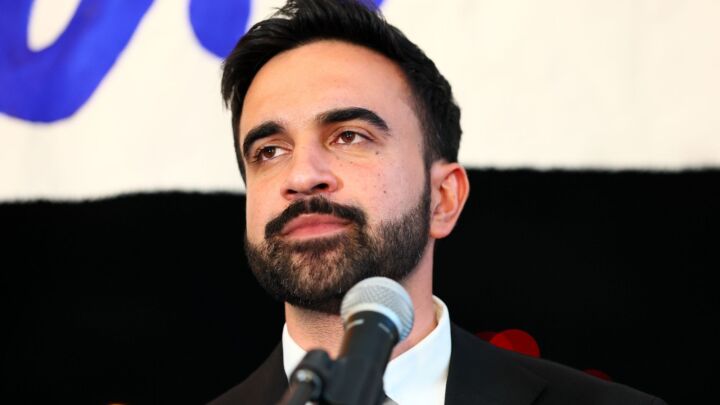TV UK, 8 August
Project 9/11 is as therapeutic for the performers as it is dramatic for the audience.

Want to read spiked ad-free? Become a spiked supporter.
When I said I was abandoning my beloved TV and heading to the Edinburgh Festival Fringe to review plays, some people expressed surprise.
My friends (all right, my acquaintances) seem to think that I’m not a ‘people person’; they can’t see me sharing the enthusiasm of young thespians and enjoying the creative exuberance that marks the Fringe. It just goes to show how misunderstood I am.
The Fringe is very much like public access TV. It is practically unedited: if you have the energy and the money you can have a show. The disadvantages of this for the audience are obvious, but there are advantages too. When it comes to TV, I have a tendency to forgive poor production values and even dodgy acting if there is something inspired about a show. Many Fringe productions are rough and unfinished to a degree that would not be allowed in television, but have certain qualities that do merit attention.
While I’m not in love with the theatre, I have a theory that today’s Fringe writers and directors are the TV writers and directors of tomorrow, and while I’m less sure of it, I’d like to think that it is the best who will make it. Myself and others will be reviewing shows throughout the festival on the Culture Wars website (1). Even without an eye on the future though, the experimental nature of Fringe theatre can be quite stimulating.
Project 9/11 is a sort of documentary play produced by New York University students who were in Manhattan when the World Trade Center was destroyed. By acting out a series of individual accounts of what happened, they manage to convey the sense of bewilderment, fear and guilt they all felt. While one suspects that the show is therapeutic for the performers as much as it is dramatic for the audience, that in itself is a fascinating spectacle which offers unintended insights into the contemporary American mind.
Like public access TV, the Fringe also includes a lot of stuff that is just plain weird. Jeremy Ward, for example, is billed as a Jack Nicholson lookalike, but experiencing his show is more like being trapped in a lift with Ronnie Corbett. Ward is a hypnotherapist, and in his ‘one man chatshow’ How To Be Successfully Mad, he shares his homespun theories on the nature of madness, the importance of habit and the secrets of finding a good therapist. For an-hour-and-three-quarters.
One of the major differences between theatre and TV is that you can’t change channels at the theatre. True, a few people stormed out of Anthony Neilson’s play Stitched, because it features violent sex, but that kind of pompous exhibitionism is very much against the spirit of theatre. Once a performance starts, you have to see it out for better or for worse.
Or more precisely, I do, so you don’t have to.
Dolan Cummings is publications editor at the Institute of Ideas, and editor of Culture Wars. He is also the editor of Reality TV: How Real Is Real?, Hodder Murray, 2002 (buy this book from Amazon (UK) or Amazon (USA)).
Read on:
spiked-issue: TV
(1) See the Culture Wars website
Who funds spiked? You do
We are funded by you. And in this era of cancel culture and advertiser boycotts, we rely on your donations more than ever. Seventy per cent of our revenue comes from our readers’ donations – the vast majority giving just £5 per month. If you make a regular donation – of £5 a month or £50 a year – you can become a and enjoy:
–Ad-free reading
–Exclusive events
–Access to our comments section
It’s the best way to keep spiked going – and growing. Thank you!







Comments
Want to join the conversation?
Only spiked supporters and patrons, who donate regularly to us, can comment on our articles.